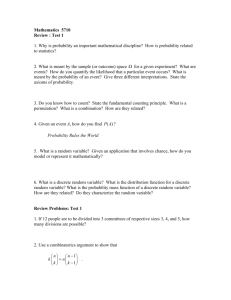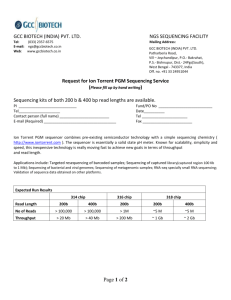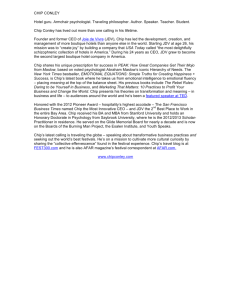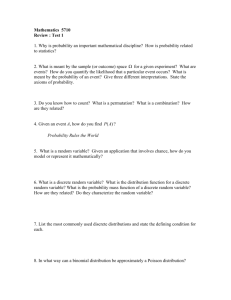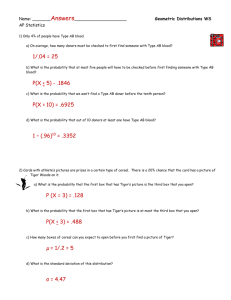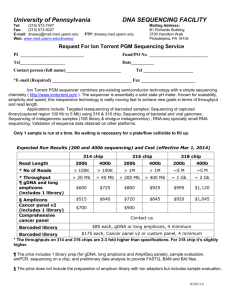Sample QC guidelines for ChIP v1.4
advertisement
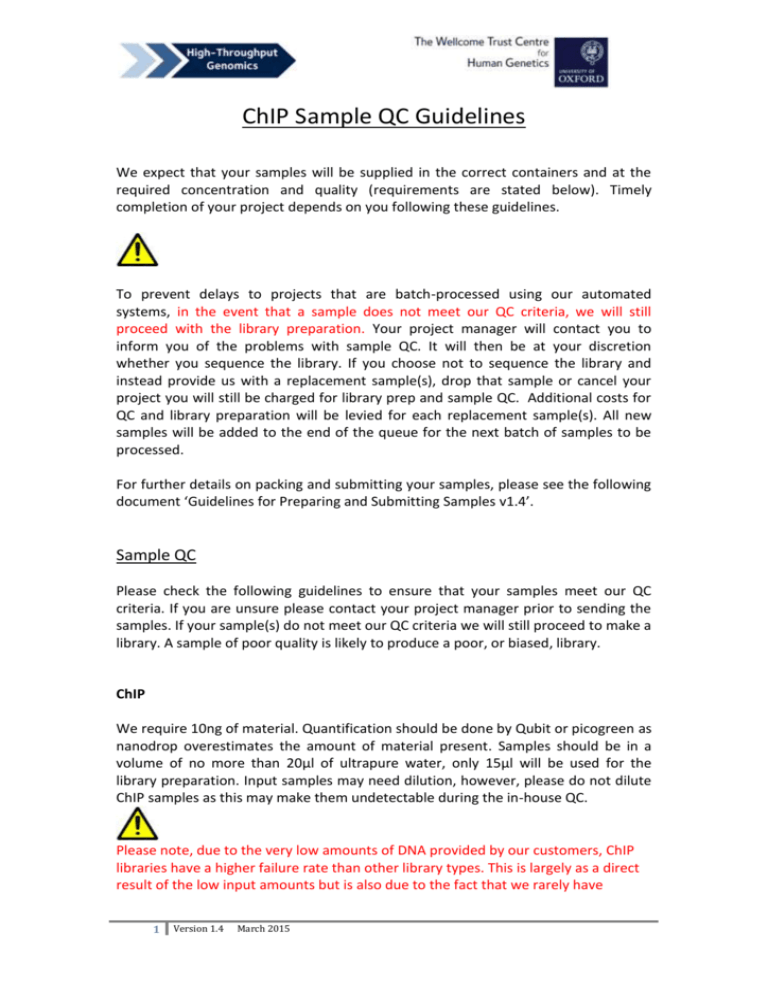
ChIP Sample QC Guidelines We expect that your samples will be supplied in the correct containers and at the required concentration and quality (requirements are stated below). Timely completion of your project depends on you following these guidelines. To prevent delays to projects that are batch-processed using our automated systems, in the event that a sample does not meet our QC criteria, we will still proceed with the library preparation. Your project manager will contact you to inform you of the problems with sample QC. It will then be at your discretion whether you sequence the library. If you choose not to sequence the library and instead provide us with a replacement sample(s), drop that sample or cancel your project you will still be charged for library prep and sample QC. Additional costs for QC and library preparation will be levied for each replacement sample(s). All new samples will be added to the end of the queue for the next batch of samples to be processed. For further details on packing and submitting your samples, please see the following document ‘Guidelines for Preparing and Submitting Samples v1.4’. Sample QC Please check the following guidelines to ensure that your samples meet our QC criteria. If you are unsure please contact your project manager prior to sending the samples. If your sample(s) do not meet our QC criteria we will still proceed to make a library. A sample of poor quality is likely to produce a poor, or biased, library. ChIP We require 10ng of material. Quantification should be done by Qubit or picogreen as nanodrop overestimates the amount of material present. Samples should be in a volume of no more than 20μl of ultrapure water, only 15μl will be used for the library preparation. Input samples may need dilution, however, please do not dilute ChIP samples as this may make them undetectable during the in-house QC. Please note, due to the very low amounts of DNA provided by our customers, ChIP libraries have a higher failure rate than other library types. This is largely as a direct result of the low input amounts but is also due to the fact that we rarely have 1 Version 1.4 March 2015 enough material to troubleshoot when needed. If it is not possible for you to generate 10ng of material in a single ChIP experiment and you do not wish to pool experiments then we recommend that you perform your experiment in duplicate, reserving one replicate so that it can be supplied at a later date if needed. Samples should be run on a High Sensitivity bioanalyzer chip or High Sensitivity Screen Tape (TapeStation) to test the fragmentation. For the library prep, we require that there is material in the 50-350bp range. We recommend that a control real-time PCR is run to confirm that the expected enrichment is present prior to submitting the sample for sequencing. Although there is no defined limit for the amount of enrichment that can be detected by sequencing, in some cases, 2-3 fold enrichment by qPCR has not been detected adequately by sequencing. Summary Table 2 Type of Sample Amount required ChIP 10ng Version 1.4 March 2015 Concentration Volume >0.33ng/μl 20 μl Bioanalyzer High Sensitivity Chip


